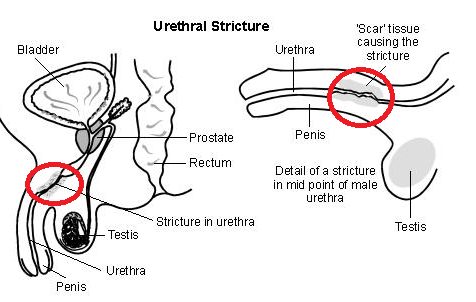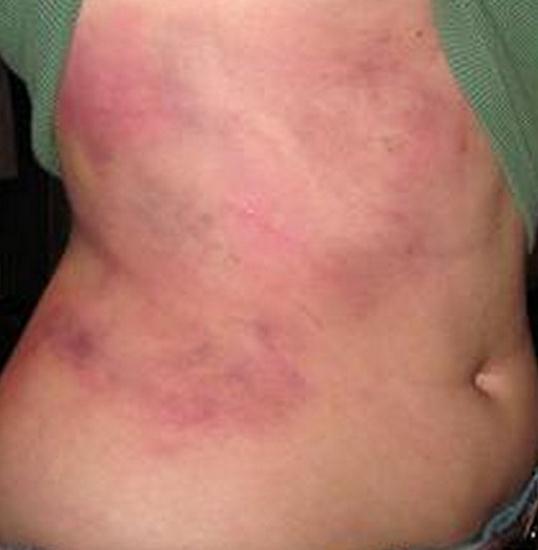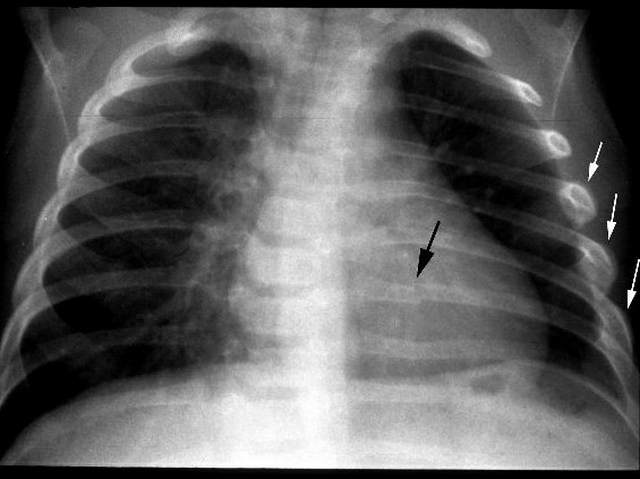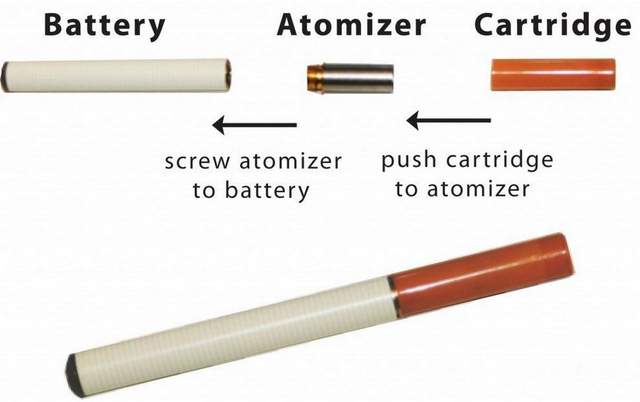Balanitis Xerotica Obliterans
What is Balanitis Xerotica Obliterans?
Balanitis Xerotica Obliterans (BXO) also called as lichen sclerosus et atrophicus (If found in other sites besides the genitals) is a serious chronic inflammatory skin disease on the male genitalia of unknown origin.
Balanitis is characterized by the hardening of the skin tissue around the foreskin on the tip of penis. Thick white patches or a white hard ring is observed across the prepuce and prohibits its retraction.
Causes & Risk Factors
The balanitis is caused by many conditions. There are also many risk factors which predispose to balanitis
- inflammatory condition
- autoimmune diseases
- diabetes
- thyroid disease
- vitiligo
- infectious viral infections
- bacterial Infections
- genetics is also found to be a predisposing factor in acquiring the disease.
Uncircumcised penis
Most findings also support and indicate that an uncircumcised penis is at high risk because this allows exposure to urine, warmth and moist on its skin folds and greatly contributes to the development of the disease.
Symptoms and Signs
- Itching or pruritus
- Discomfort or burning sensation on urination
- Reduced sensation on the tip of the penis
- Presence of pain upon sexual arousal or erection
- Obstruction of the urethra or passageway of urine
- Inflamed urethra
- Phimosis (Loss of ability retract foreskin due to constriction)
- Paraphymosis (Skin constricted behind the glans due to inflammation)
Pathology & Problems
In the early phase of the disease, uncomfortable itch also called pruritus starts to develop. Further irritation occurs upon the passage of urine or penile discharges. The burning sensation felt in the urethra contributes to the discomfort. As it progresses, Loss of sensation in the glans penis becomes more evident. Pain upon urination takes place, decreasing its urinary force and stream. Sexual dysfunction is present as a result of pain felt upon erection. The continued manifestations worsen as the opening of the urethra is narrowed and encircled by white lumps of hardened scar tissue. Eventually, this unable the foreskin to retract (condition is know an phimosis) and the scarred tip of the penis blocks the flow of urine or semen. Urinary retention takes place and causes bladder damage, forcing the waste products to backflow and inflicting harm to the kidneys. The Inflammation is worsened by infection as it starts to exacerbate the disease process if left untreated. In rare instances, reports of malignant tumors are also said to found.
Diagnosis
The prevalence rate of the condition in men is highly debatable in different parts of the world, as not much has been made to study the disease in detail. Some consider it to be rare and some speculate that it is common due to the nature of the disease as it starts out asymptomatic with only mild visible changes. The evident physical formation of signs and symptoms start to occur in months to years. A diagnosis can then be achieved with thorough gathering of patient history, clinical observations, laboratory workups and cutaneous biopsy for a conclusive analysis.
Treatment
- Topical steroids
- Tacrolimus ointments
- Antibiotics
- Carbon dioxide (CO2) laser surgery
- Circumcision
At present, there is no curative therapy for balanitis xerotica obliterans (BXO). There are however numerous approaches available for palliative treatment.
1. Topical steroids
Medical practitioners often use corticosteroid creams in short courses such as, clobetasol propionate, testosterone creams for early cases relating to the involvement of the glans penis or its head. It’s effectiveness at any rate, is not a guarantee nor can reverse the damage done by the disease process as they greatly vary on its success in each individual.
2. Tacrolimus ointments
Tacrolimus ointments, a potent immunosuppressive drug is also found to be effective. Concerns about long-term use and toxicity, still outweighs its usage and to have consideration of the use of alternatives.
3. Antibiotics
Long term antimicrobial therapies are also useful to reduce the inflammation brought about by the disease. It’s observed to have softened the skin including the disappearance of pruritus and tenderness. Under any given circumstance, discontinuation on medication will positively result in relapse.
4. Carbon dioxide (CO2) laser surgery
Carbon dioxide (CO2) laser surgery is an alternative to unresponsive conservative treatment. The infrared beam of the laser is absorbed by the skin producing heat, thus vaporizing the cells within.
5. Circumcision
In adults, circumcision is also done remove the foreskin and to prevent the progression of the disease. The surgery is considered to effective but does not address the closing of the urinary meatus. Additional surgery is required, excision of tissue and reconstructive surgery is done to correct narrowing and to create an opening. It is also advised to have regular follow up care to address any changes such as tumors. Circumcision in children is the single most way to reduce the likelihood of developing the disease. It stops surface of the skin folds from moisture from urine, rendering it dry. This may be against some ethical cultural factors, and should be considered by its practioners. Overall, balanitis xerotica obliterans (BXO) should never be taken lightly, early detection and intervention is crucial in determining the outcome of the wellness and condition of the individual.
Picture

urethral stricture in balanitis xerotica obliterans (diagrammatic)
Image source – uronephro.com




